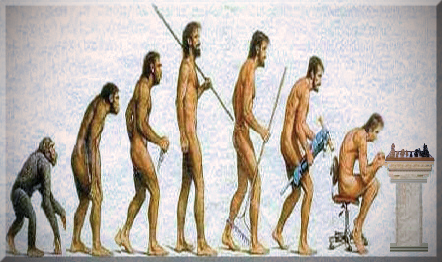|

“The exact origin of Chess is still a great
mystery”
The Indian Brahmin who designed the original concept some 25 centuries ago conceived it as picturing the warfare of his era and provided elephants, horses and chariots, in addition to foot soldiers to do battle for the King, who had an Adviser by his side to plan his strategy.
1,400 years went by before the game reached the western world.
The Moors brought it to Spain at about the same time the Italians learned it from the Saracens and it penetrated throughout Europe with remarkable speed.

The carved Chess pieces which the Muslims brought with them included towers/castles (called Rooks in English) in place of the chariots, which had long ago become obsolete in warfare.
The elephants were represented by short upright pieces deeply split on top, symbolizing the tusks of these animals.
This shape was erroneously interpreted as a fools cap in France and as a Bishop miter in Portugal. To this day this piece is called Bishop in English speaking countries, Portugal and Brazil and Fou (fool) in France.
The Spanish continue to call this piece Alfil, the Arabic word for elephant and this term is also used in all South American countries outside of Brazil. The Italians made Alfiers out of Alfil, meaning
standard Bearer.
Possibly this is the reason why the name Laufer (Courier) was given to the Bishop by the Germans, who learned the game from the Italians.
The Adviser was replaced by a Queen in Europe, where women did not play the subordinate role assigned to them in the orient.
The horse became identified with the rider on horseback, Khight in English, Cavalier in French, Cavaliere in Italian, Springer in German, and so on. Only in the Spanish tongue is the name still Caballo - the horse.
|